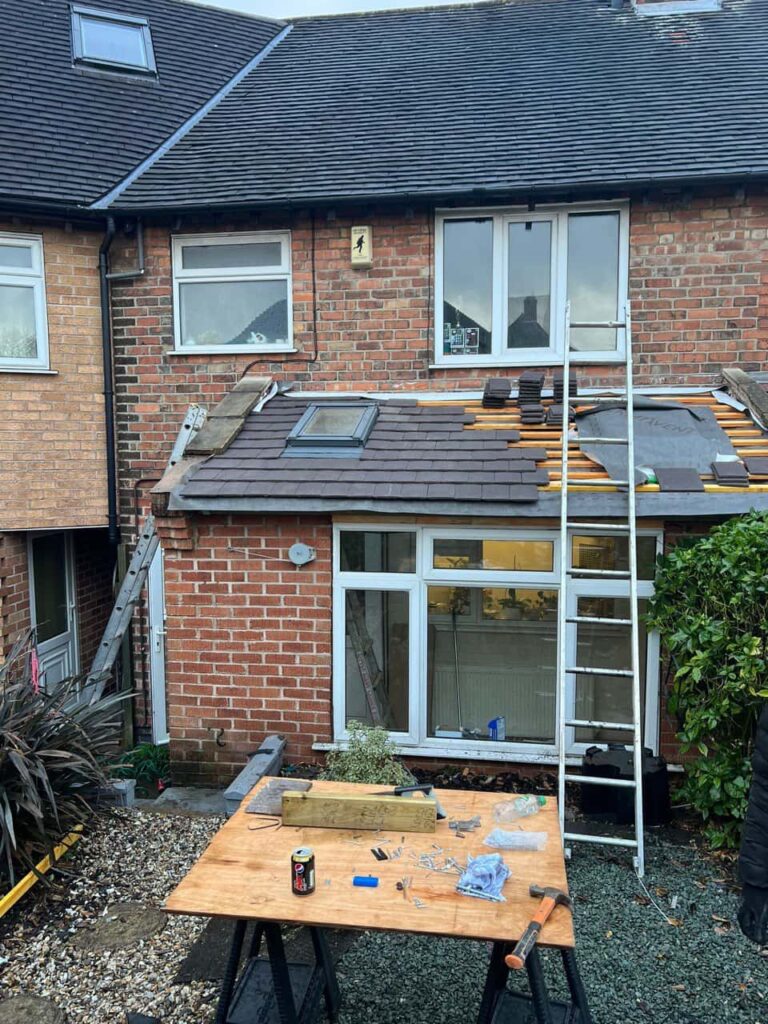Introduction: Regular roof inspections are a crucial part of maintaining the integrity of your home. While many homeowners choose to perform these inspections themselves, you must be aware of common DIY roof inspection mistakes to ensure you’re not inadvertently causing harm or missing vital signs of damage. In this blog post, brought to you by Keyworth Roofing Repairs, we’ll discuss some of the most common DIY roof inspection mistakes and how to avoid them.
- Neglecting Safety Precautions
One of the most significant mistakes homeowners make during DIY roof inspections is neglecting safety precautions. Climbing onto your roof can be hazardous, and accidents can happen if you’re not careful. Always prioritise safety by using appropriate safety gear, having someone nearby to assist if needed, and only inspecting your roof under ideal weather conditions. If you have any doubts about your safety, hiring a professional roofing contractor is best.
- Walking on the Roof Improperly
Walking on your roof can cause damage, especially if you’re not careful. Avoid walking on the roof as much as possible during your inspection. If you must walk on the roof, use soft-soled shoes to reduce the risk of damaging roofing materials. Additionally, walk on the roofing structure’s support beams rather than directly on the shingles or tiles to distribute your weight evenly.
- Using Pressure Washers
Pressure washing your roof may seem like a good way to remove debris and algae, but it can damage roofing materials. High-pressure water can strip away protective granules from asphalt shingles, dislodge tiles, and create openings for water infiltration. Instead, use a gentle cleaning solution and a soft-bristle brush to clean your roof if necessary.
- Failing to Check Attic or Interior Spaces
A comprehensive roof inspection involves checking the interior of your home as well. Look for signs of water damage on the ceilings, walls, and attic, such as water stains, mould, or wet insulation. Neglecting interior inspections means missing crucial evidence of roof leaks and damage.
- Ignoring the Gutters
Gutters are an integral part of your roofing system and can provide valuable insights into your roof’s condition. Clogged or damaged gutters can lead to water overflow and damage to your roof and home’s foundation. Clean and inspect your gutters for any blockages or issues as part of your DIY inspection.
- Misinterpreting Signs of Damage
Not all signs of damage on your roof are immediately apparent. Minor issues can develop into major problems if left unchecked. Common mistakes include misinterpreting small cracks, loose flashing, or missing shingles as inconsequential. These seemingly minor issues can lead to extensive damage over time, so addressing them promptly is essential.
Conclusion: While DIY roof inspections can help you stay proactive in maintaining your roof, it’s crucial to avoid common mistakes that can lead to safety hazards and missed signs of damage. If you’re uncomfortable or unsure about inspecting your roof, it’s always advisable to seek professional assistance.
Call us on: 0115 647 1193
Click here to find out more about Keyworth Roofing Repairs
Click here to complete our contact form and see how we can help with your roofing needs.

